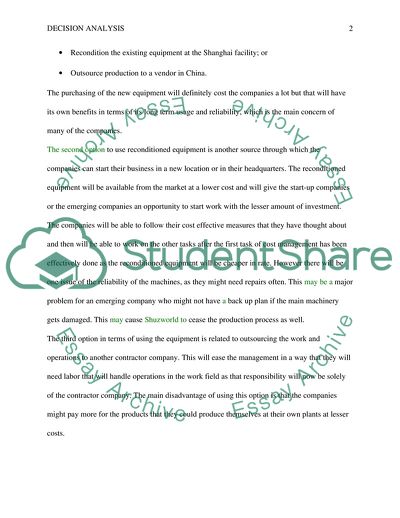Cite this document
(Decision Analysis task#3 Term Paper Example | Topics and Well Written Essays - 1500 words, n.d.)
Decision Analysis task#3 Term Paper Example | Topics and Well Written Essays - 1500 words. https://studentshare.org/business/1761299-decision-analysis-task3
Decision Analysis task#3 Term Paper Example | Topics and Well Written Essays - 1500 words. https://studentshare.org/business/1761299-decision-analysis-task3
(Decision Analysis task#3 Term Paper Example | Topics and Well Written Essays - 1500 Words)
Decision Analysis task#3 Term Paper Example | Topics and Well Written Essays - 1500 Words. https://studentshare.org/business/1761299-decision-analysis-task3.
Decision Analysis task#3 Term Paper Example | Topics and Well Written Essays - 1500 Words. https://studentshare.org/business/1761299-decision-analysis-task3.
“Decision Analysis task#3 Term Paper Example | Topics and Well Written Essays - 1500 Words”. https://studentshare.org/business/1761299-decision-analysis-task3.


